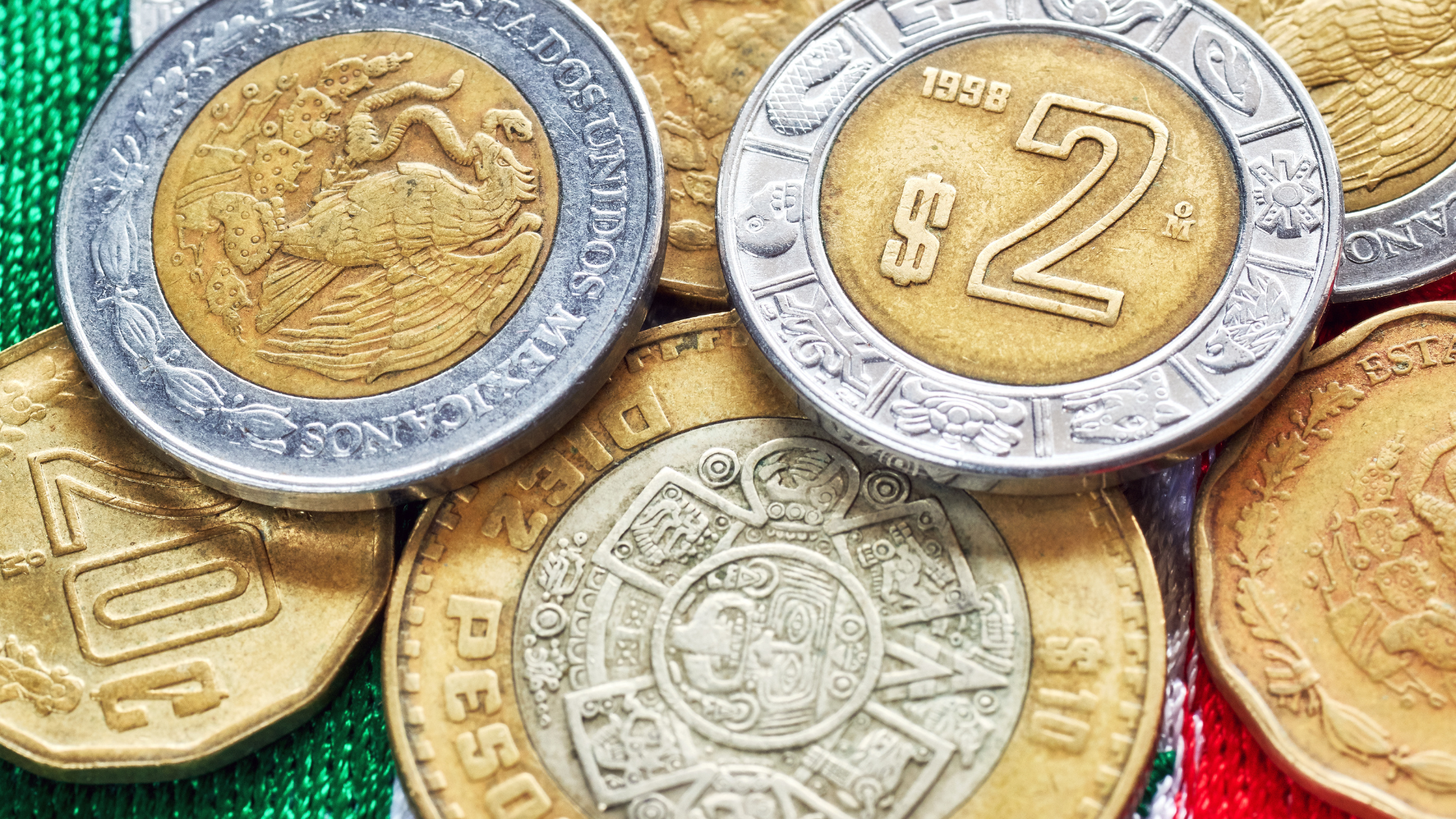The Mexican peso slipped against the U.S. dollar as renewed concerns over inflationary pressures in the United States rattled global currency markets. The latest Consumer Price Index (CPI) report showed that inflation in the U.S. reaccelerated, reinforcing expectations that the Federal Reserve may keep interest rates elevated for longer.
The data revealed that core inflation remained stubbornly high, pushing Treasury yields higher and boosting demand for the U.S. dollar. As a result, the peso, which had been one of the best-performing emerging market currencies, saw renewed pressure as investors sought safer assets.
A prolonged period of higher U.S. rates could dampen capital flows into Mexico, limiting the peso’s ability to recover. The Mexican central bank has maintained a restrictive monetary stance, but diverging policies between Banxico and the Federal Reserve could tilt investor sentiment in favor of the dollar.
Market watchers believe that if inflation continues to accelerate in the U.S., the Fed may be forced to push back rate cuts, leading to further volatility in emerging market currencies. The peso’s decline also comes amid broader concerns over Mexico’s economic outlook, as trade ties with the U.S. remain a critical factor in the country’s financial stability.
Despite the selloff, some analysts argue that Mexico’s strong fiscal position and high interest rates could help limit excessive depreciation. However, the peso’s short-term direction will likely depend on further Fed signals and upcoming inflation data.
Traders are now awaiting additional policy guidance from Federal Reserve officials and key economic reports in both countries. If the Fed remains hawkish, the peso could face continued downward pressure, testing new support levels in the coming weeks.













